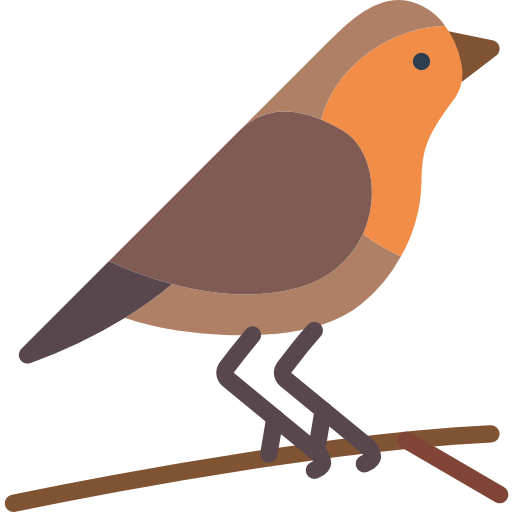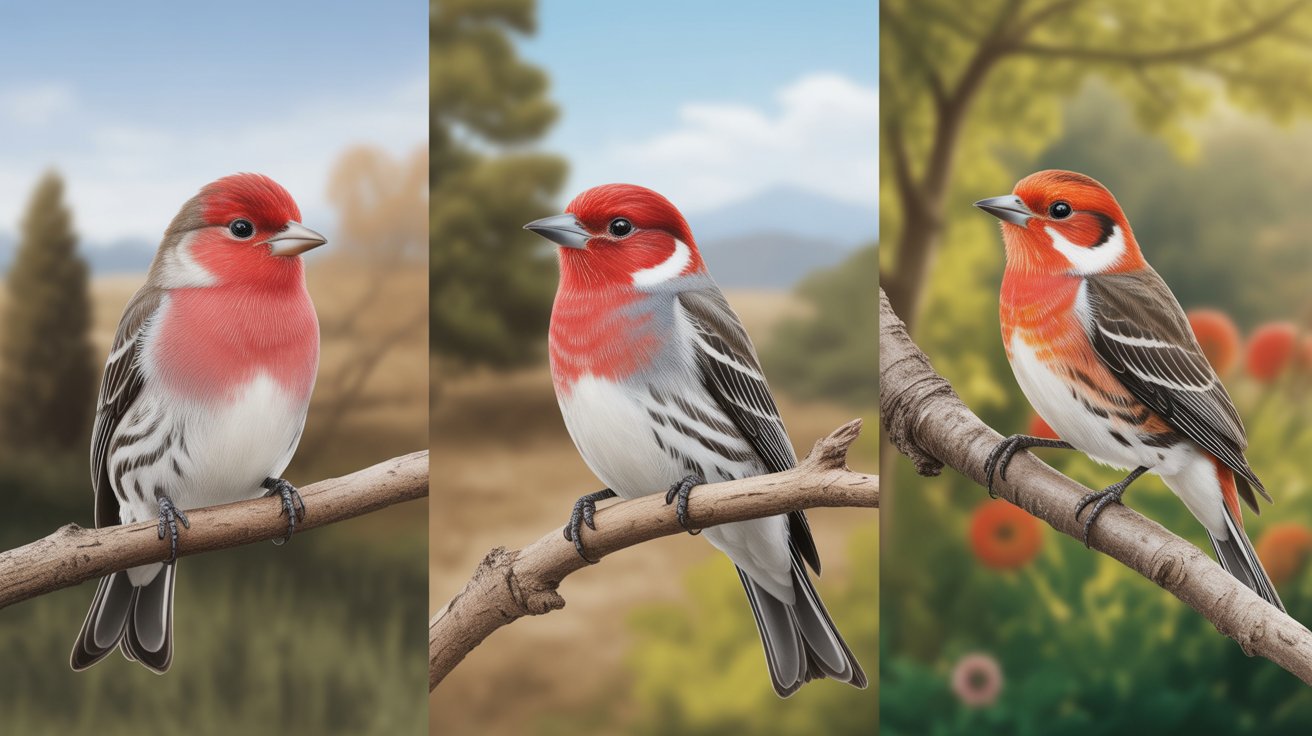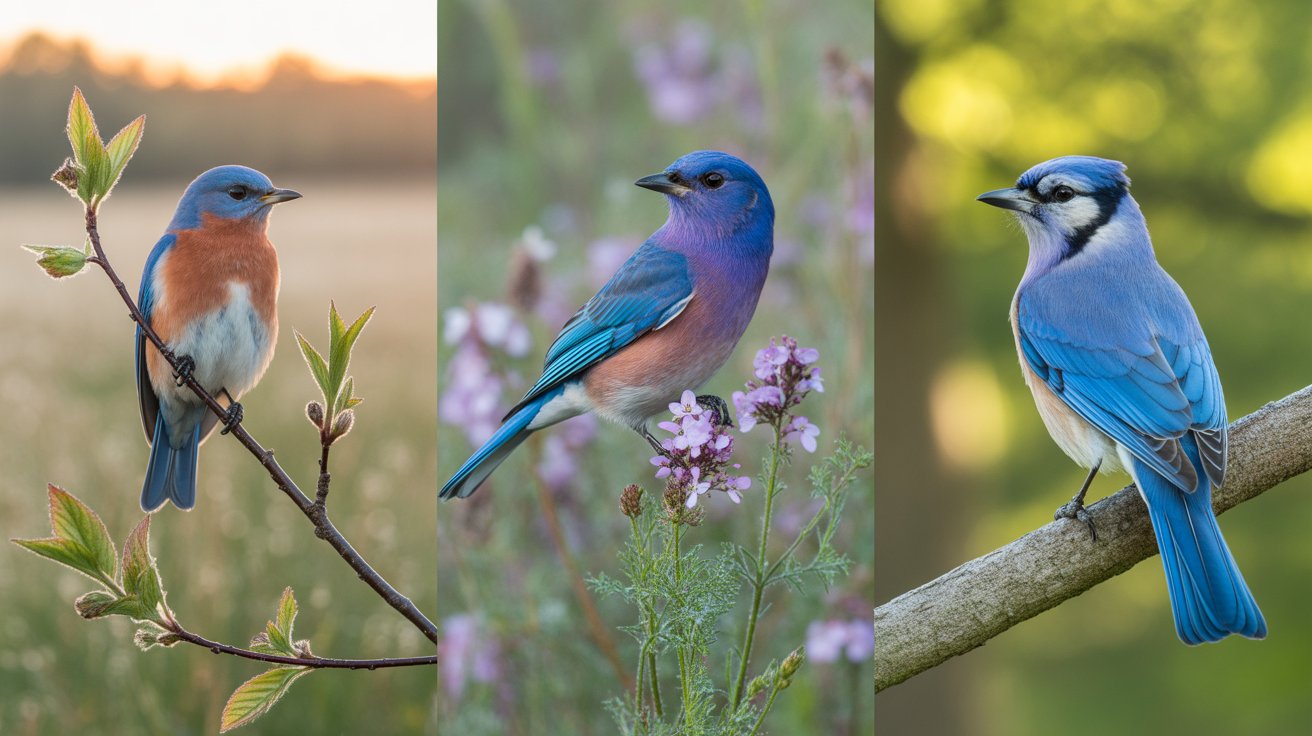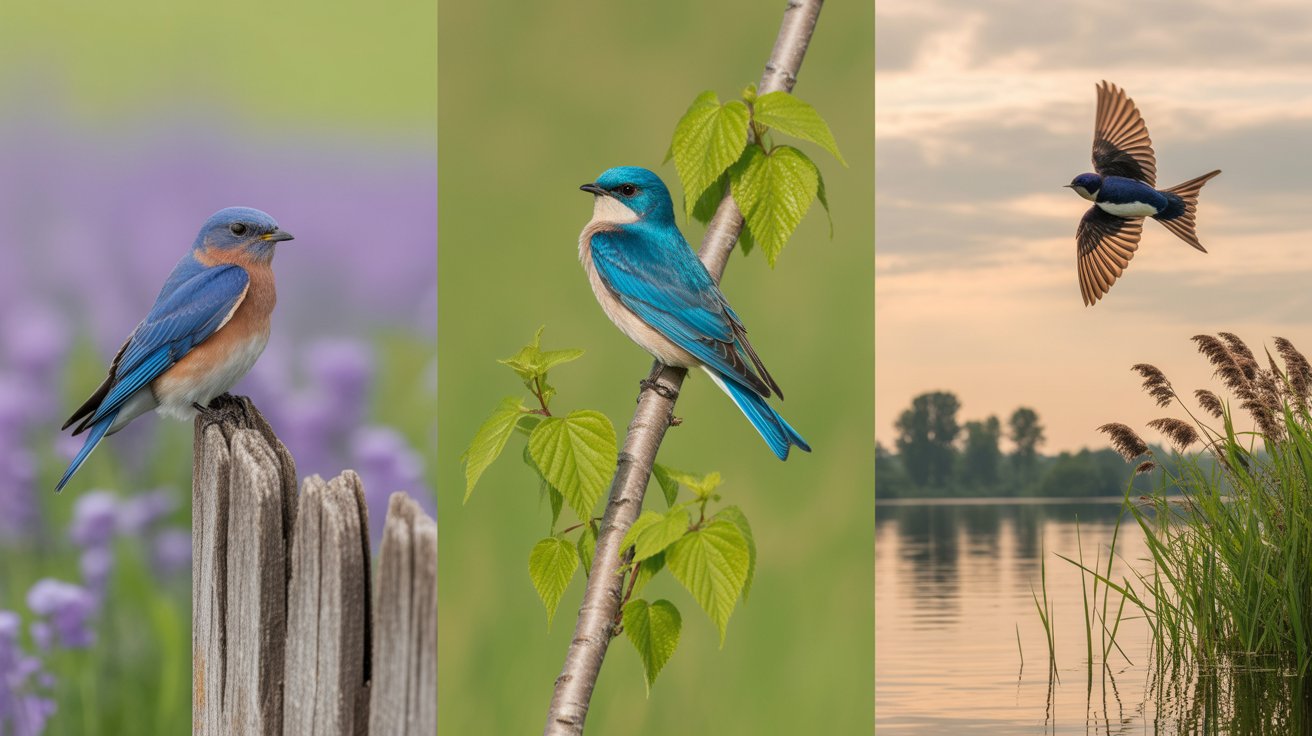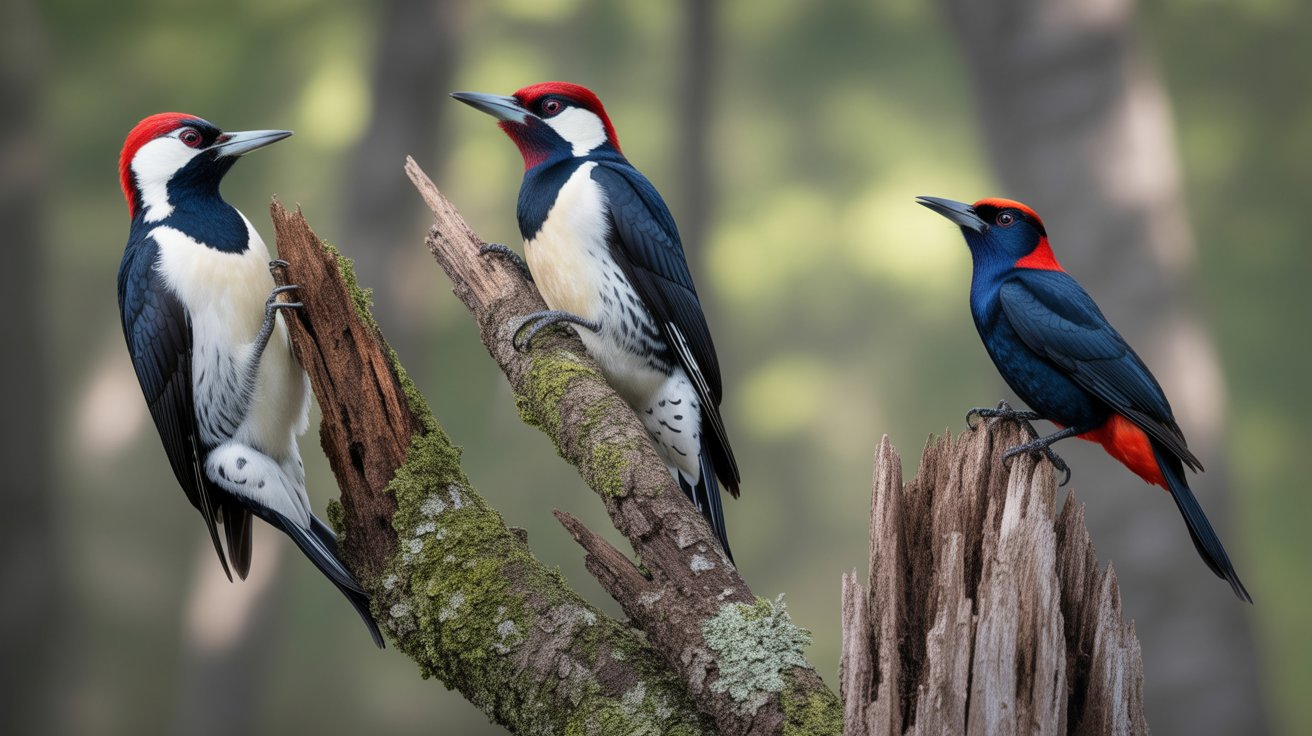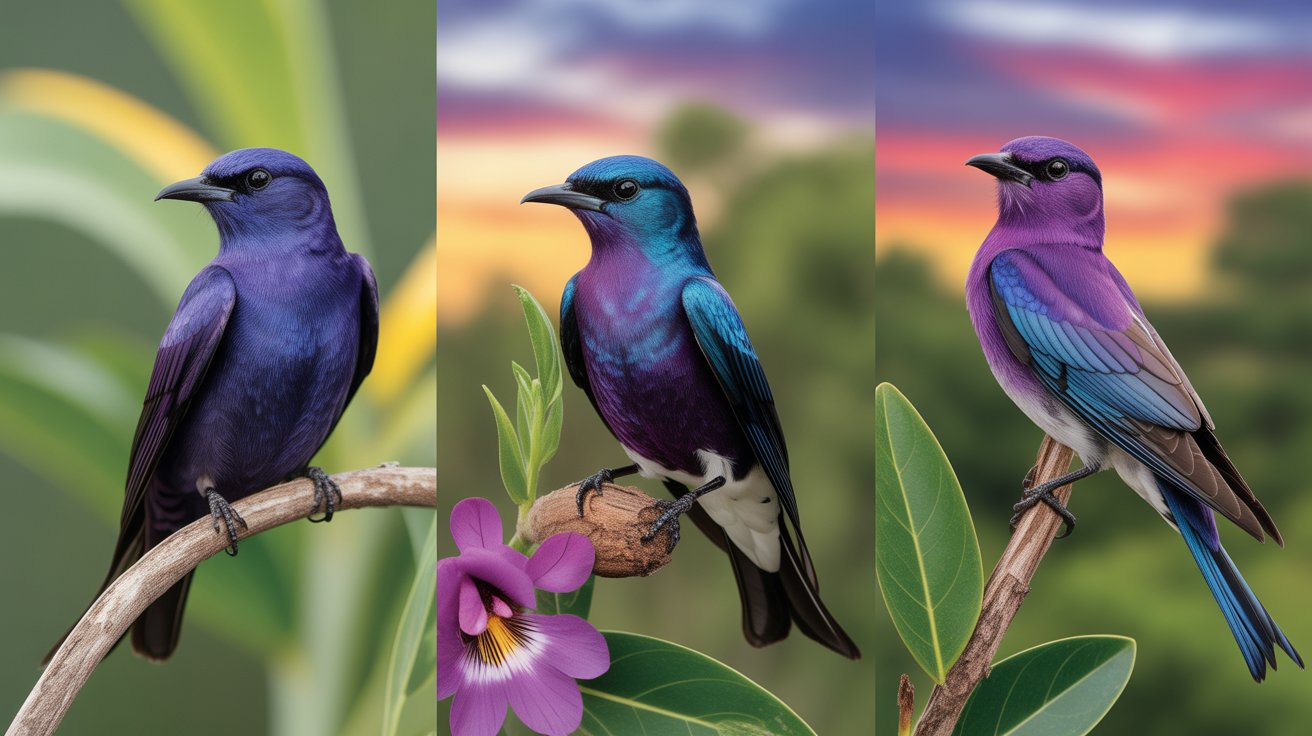If you’re fascinated by exotic birds, the Blue-eyed Cockatoo is bound to capture your heart. With its striking sapphire-blue eyes and creamy-white plumage, this bird looks like it walked straight out of a fairy tale. You may have seen cockatoos before, but this one stands out not only for its beautiful appearance but also for its rarity in the wild.
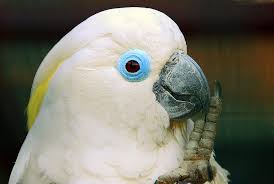
The Blue-eyed Cockatoo, also known as the Blue-eyed Black Palm Cockatoo, is an incredibly rare species found only in a small region of Papua New Guinea. Because of habitat loss and limited distribution, it’s listed as a vulnerable species. So, getting to know this bird is not just a visual treat—it also raises awareness about conservation.

In this article, you’ll dive deep into everything you need to know about this remarkable parrot. From its scientific classification and physical features to its unique behavior and diet, we’ve got it all covered in a simple and engaging way. You’ll even uncover some fun facts that make this bird even more memorable.
Let’s take a closer look at the beautiful, mysterious, and truly captivating Blue-eyed Cockatoo.
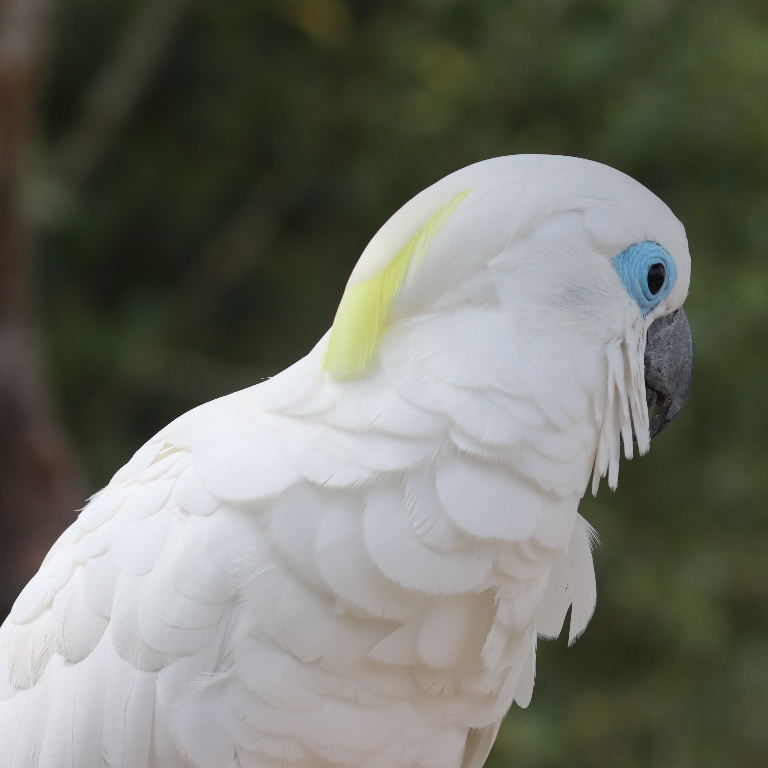
Blue-eyed Cockatoo (Cacatua ophthalmica)
Scientific Classification
Let’s start with the basics. Here’s how the Blue-eyed Cockatoo is classified in the animal kingdom:
- Scientific Name: Cacatua ophthalmica
- Common Name: Blue-eyed Cockatoo
- Family: Cacatuidae
- Order: Psittaciformes
- Genus: Cacatua
- Conservation Status: Vulnerable (IUCN Red List)
This species is one of the few cockatoos with a very limited geographical range, making it a focus of conservation efforts.
Physical Description
One of the most striking features of the Blue-eyed Cockatoo is, of course, its eyes. The bold, blue eye-ring contrasts beautifully against its soft white plumage, giving it a look that’s both curious and intelligent.
- Length: Around 45–50 cm (17.7–19.7 inches)
- Wingspan: Approximately 90–100 cm (35–39 inches)
- Weight: 500–600 grams (17.6–21.2 ounces)
The bird’s feathers are predominantly white with a slight yellow tinge under the wings and tail. It has a large, forward-curving crest that it can raise when excited or alarmed. The beak is light gray and powerful—perfect for cracking hard nuts and seeds.
Their eyes are surrounded by a featherless patch of bright blue skin, which gives this bird its name and signature look.
Habitat and Distribution
You won’t find this bird in city parks or even most zoos. The Blue-eyed Cockatoo is endemic to the island of New Britain, part of Papua New Guinea. It prefers lowland and hill forests and is often found in subtropical or tropical moist lowland regions.
This cockatoo relies heavily on primary forests, which are increasingly being destroyed due to logging and agricultural development. Because of its narrow habitat range, any threat to its forest home puts the entire species at risk.
So, if you’re ever birdwatching in New Britain’s forests, keep your eyes peeled—you might just spot this rare gem.
Behavior
The Blue-eyed Cockatoo is a social, vocal, and intelligent bird. You’ll often hear its loud, screeching calls echoing through the forest canopy before you actually see it.
In the wild, these birds tend to live in small flocks or pairs. They are highly curious and often investigate new objects or disturbances in their environment. Like other cockatoos, they love to chew—whether it’s branches, bark, or toys (if kept in captivity).
They are also quite acrobatic, using their strong claws and beaks to navigate tree branches with ease. You’ll see them climbing, hanging upside down, or even using one foot to hold food while eating.
Diet
So, what does the Blue-eyed Cockatoo eat? In the wild, its diet consists of:
- Fruits
- Nuts and seeds
- Berries
- Insects and larvae (occasionally)
They have a powerful beak that can easily crack open tough nuts and seeds. Because they rely on the natural bounty of the forest, habitat loss directly affects their ability to find food. That’s another reason why forest preservation is critical for this species.
If kept in captivity, their diet is often supplemented with high-quality pellets, fresh fruits, vegetables, and occasional treats like walnuts or almonds.
Breeding and Nesting
Breeding for the Blue-eyed Cockatoo is not thoroughly studied in the wild due to their elusive nature, but what is known largely mirrors the breeding behavior of other cockatoos.
- Breeding Season: Likely tied to the rainy season (November to March)
- Clutch Size: 1 to 2 eggs
- Incubation Period: Around 25–30 days
- Fledging Time: About 10–12 weeks
They nest in tree hollows, usually in tall, old-growth trees. The male and female take turns incubating the eggs and feeding the chicks. After hatching, the young remain in the nest for a few months before becoming independent.
Because they require large, mature trees for nesting, deforestation poses a serious threat to their reproductive success.
Interesting Facts
Want to learn some fun and surprising things about the Blue-eyed Cockatoo? Here are a few:
- Unique Eye Color: It’s the only cockatoo species with a bright blue eye-ring, making it visually distinct from all others.
- Intelligence: Like other cockatoos, this bird is highly intelligent and can solve puzzles and mimic sounds.
- Strong Beak: Its beak is strong enough to crack open hard-shelled nuts like macadamias with ease.
- Lifespan: In captivity, they can live up to 50–60 years, but their lifespan in the wild is uncertain.
- Vocalization: Their calls are loud and piercing—used to communicate over long distances in the forest.
Frequently Asked Questions
1. Are Blue-eyed Cockatoos good pets?
Due to their rarity and protected status, Blue-eyed Cockatoos are not commonly kept as pets. They require expert care, mental stimulation, and plenty of space. In many places, owning one is restricted or illegal.
2. Why are Blue-eyed Cockatoos endangered?
The primary threat to this species is habitat loss from logging and agricultural expansion. Their limited range and reliance on specific forest types make them particularly vulnerable.
3. Can Blue-eyed Cockatoos mimic human speech?
Like other cockatoos, they have the potential to mimic sounds and speech, though they are less commonly studied in captivity due to their rarity.
4. Where can I see a Blue-eyed Cockatoo?
They are endemic to New Britain in Papua New Guinea. Some zoos or conservation programs may house them, but sightings are rare.
5. How can I help protect the Blue-eyed Cockatoo?
You can support conservation efforts by donating to reputable organizations working in Papua New Guinea, spreading awareness, and advocating against deforestation and illegal pet trade.
Conclusion
The Blue-eyed Cockatoo is a bird of rare beauty and undeniable charm. With its gleaming white feathers and vivid blue eye-ring, it’s one of the most unique cockatoo species on the planet. But beyond its looks, it plays an important ecological role in the tropical forests of New Britain.
As you’ve discovered, this bird faces serious threats due to habitat loss, and every effort to preserve its environment counts. Whether you’re a bird lover, conservation enthusiast, or just curious about nature’s wonders, learning about the Blue-eyed Cockatoo is a step toward understanding and protecting our planet’s biodiversity.
So next time you hear about cockatoos, remember—some of the rarest and most fascinating ones are still out there in the treetops, waiting to be noticed and protected.
